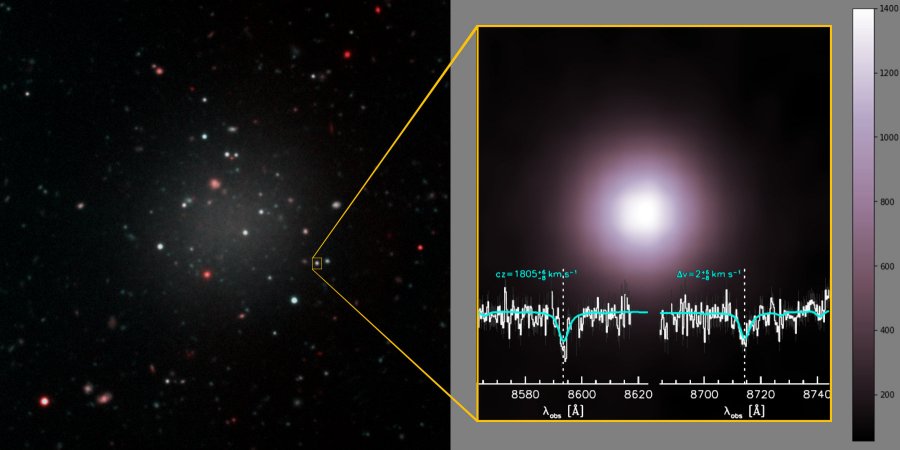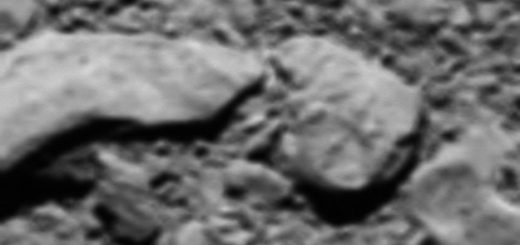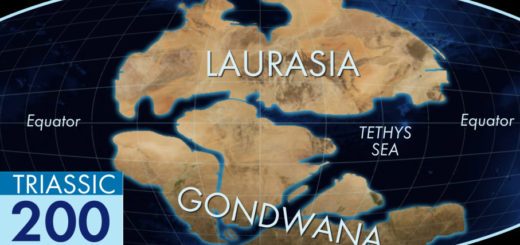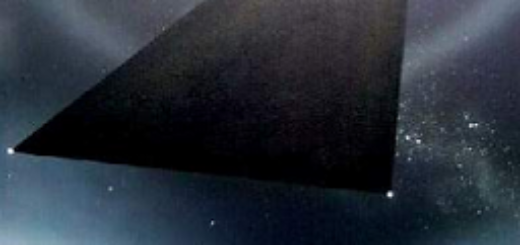Astronomical Surprise: NGC1052-DF2 Ultra-Diffuse Galaxy Is Lacking Dark Matter

A galaxy that appears to have almost no dark matter has been encountered by astronomers using data from the Gemini and W. M. Keck Observatories in Hawai‘i.
A distant galaxy NGC1052-DF2 – classified as an ultra-diffuse galaxy – has a large size and faint appearance.
There are many ultra-diffuse galaxies but no other galaxy of this type yet-discovered is so lacking in dark matter.
“Finding a galaxy without dark matter is unexpected because this invisible, mysterious substance is the most dominant aspect of any galaxy,” said lead author Pieter van Dokkum of Yale University. “For decades, we thought that galaxies start their lives as blobs of dark matter. After that everything else happens: gas falls into the dark matter halos, the gas turns into stars, they slowly build up, then you end up with galaxies like the Milky Way. NGC1052-DF2 challenges the standard ideas of how we think galaxies form.”
The team used the Gemini Multi Object Spectrograph (GMOS) to capture detailed images of NGC1052-DF2, assess its structure, and confirm that the galaxy had no signs of interactions with other galaxies.
Van Dokkum’s team first spotted NGC1052-DF2 with the Dragonfly Telephoto Array, a custom-built telescope in New Mexico that they designed to find these ghostly galaxies. NGC1052-DF2 stood out in stark contrast when comparisons were made between images from the Dragonfly Telephoto Array and the Sloan Digital Sky Survey (SDSS).
The Dragonfly images show a faint “blob-like” object, while SDSS data reveal a collection of relatively bright point-like sources.
Additionally, the team identified 10 globular clusters, which are large compact groups of stars that orbit the galactic core.The spectral data obtained on the Keck telescopes revealed that the globular clusters were moving much slower than expected.
The slower the objects in a system move, the less mass there is in that system. The team’s calculations show that all of the mass in the galaxy could be attributed to the mass of the stars, which means there is almost no dark matter in NGC1052-DF2.
“If there is any dark matter at all, it’s very little,” van Dokkum explained. “The stars in the galaxy can account for all of the mass, and there doesn’t seem to be any room for dark matter.”
The team’s results demonstrate that dark matter is separable from galaxies.
“This discovery shows that dark matter is real – it has its own separate existence apart from other components of galaxies,” said van Dokkum.



 Creators of mankind
Creators of mankind Description of “Tall white aliens”
Description of “Tall white aliens” Where they came from?
Where they came from? About hostile civilizations
About hostile civilizations The war for the Earth
The war for the Earth “Tall white aliens” about eternal life
“Tall white aliens” about eternal life Video: “Nordic aliens”
Video: “Nordic aliens” Aliens
Aliens Alien encounters
Alien encounters The aliens base
The aliens base UFO
UFO Technology UFO
Technology UFO Underground civilization
Underground civilization Ancient alien artifacts
Ancient alien artifacts Military and UFO
Military and UFO Mysteries and hypotheses
Mysteries and hypotheses Scientific facts
Scientific facts


















